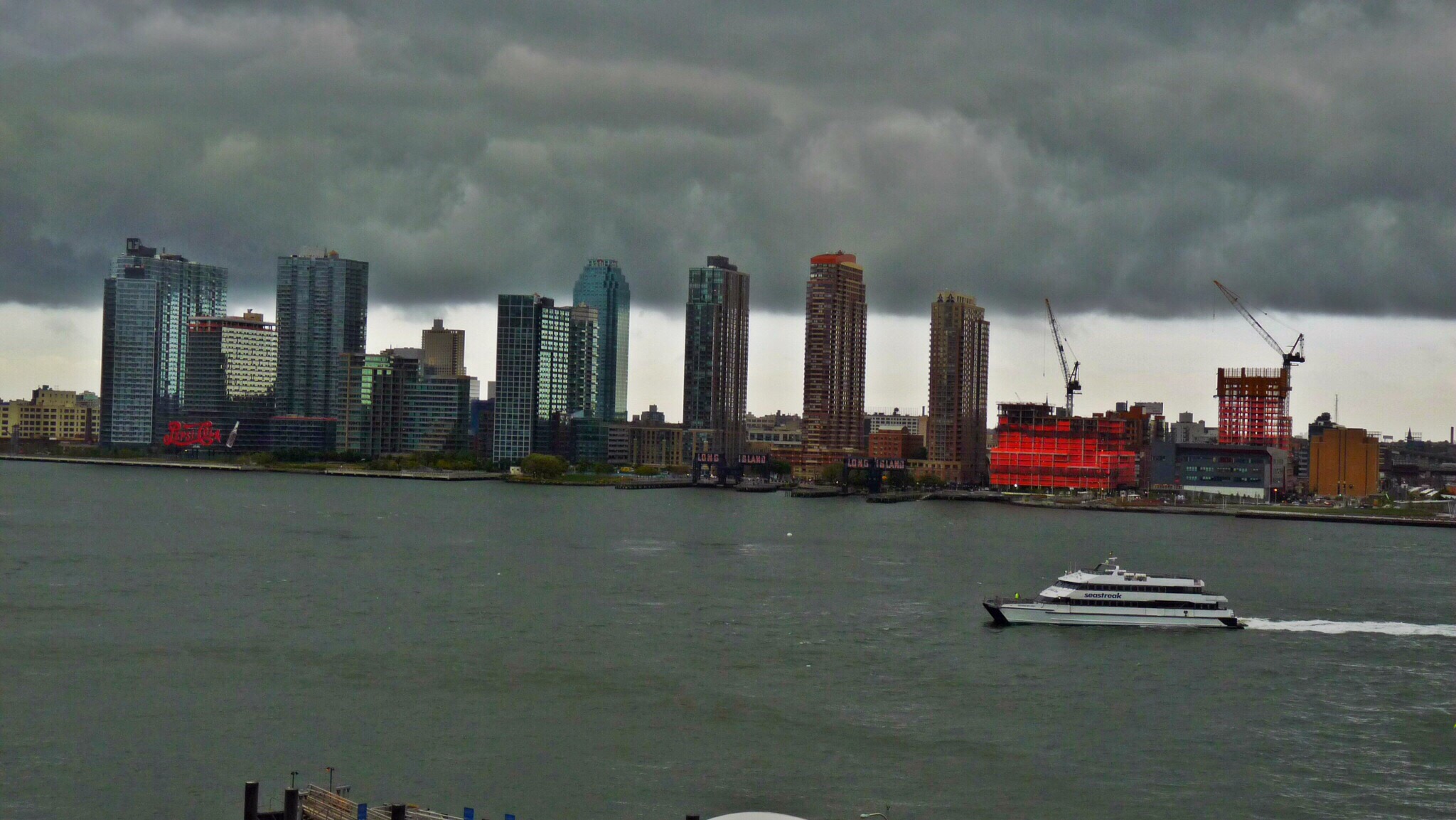Despite good news on the unemployment rate, the fight for jobs is as tough as ever, according to The Guardian. Finding a job is a full time job and be prepared for stormy weather.
Last week the fall in the unemployment rate brought some good economic news but, as always seems to be the case, it was tempered by the quarterly vacancy figures which shows life is pretty tough out there now for those looking for work – indeed as tough as it has been for more than a decade.
The labour force figures released last Thursday by the Bureau of Statistics showed that the unemployment rate was steady at 6.2% in trend terms but had unexpectedly fallen in the more volatile seasonally adjusted measure to 6.1%.
The fall in the seasonally adjusted measure was a surprise to financial traders who had been expecting a higher rate, one that would make it more likely for the RBA to cut interest rates next month. This set currency exchange dealers into a frenzy, sending the value of the Australian dollar to rise to around half a cent in under a minute.
Because the seasonally adjusted unemployment rate is prone to jumping up and down a bit from month to month, the ABS says you should treat such monthly movements “with caution”. And given the drop in December was the biggest monthly change in almost two years, it is better to wait for a month or two to see if it was just a bit of statistical noise or the corner being turned.
Moreover while a fall in the unemployment rate is to be welcomed, the reality is it is currently harder to get a job than any time in the past decade – even harder than during the global financial crisis.
Last week the ABS also released its quarterly job vacancy figures. These showed a slight increase in the number of vacancies from August to November, and a 6.7% increase in vacancies in the past 12 months. While this would seems good news, the number of jobs available remains well below what is required to cause the unemployment rate to fall.
The latest figures meant that the job vacancy rate – which is the number of vacancies as a percentage of the labour force – rose to 1.21%, up from the low of 1.15% in November 2013.
This is a good thing: as a rule, the higher the vacancy rate, the lower the unemployment rate. The relationship between the two is known as the Beveridge Curve. Data over the past 20 years suggests that with a job vacancy rate of 1.21% you would expect the unemployment rate to be around 6.2% to 6.3% – what it was in November.
However to get the unemployment rate down to 5.8% we would need a job vacancy rate of around 1.28% – or about an extra 10,000 more job vacancies than there was in November.
The current difficulty for those looking for work is highlighted when we look at the number of unemployed per vacancy. On this score, things in November got worse – going from 5.12 unemployed for each job vacancy to 5.17.
The increase was not universal across the states, driven mostly by Western Australia and Queensland – reflecting again the difficulties of the end of the investment phase of the mining boom.
According to the ABS, Western Australia still remains the easiest place to get a job, but the situation there has deteriorated very quickly. In the middle of 2012 there were just a mere 1.55 unemployed for each vacancy; a year ago this had risen to 2.5; now there are on average 3.55 unemployed fighting over each vacancy in the state.
Fellow mining state, Queensland, has also seen the situation worsen – from 5.3 unemployed per vacancy at the end of 2013 to now to just on 6.
But while those two states have become worse, the fight for jobs on the mainland remains toughest in Victoria and South Australia with both states having 6.9 unemployed per vacancy. In Tasmania it is an extraordinarily tough 8.5 for each vacancy.
Despite their poor situations, the fight for jobs is actually easier now in South Australia and Tasmania, than it was a year ago. But in South Australia’s case it can partly be explained through a decline in its participation rate – people have in effect found the fight to get a job so hard they have given up and are no longer actively looking for work.
The Department of Employment’s monthly vacancy report shows that, of the job vacancies in November, a quarter were for professionals and 13% for managers. This is actually higher than the proportion of the managers and professionals in the total workforce, so it is a good time to be looking for work right now in that area.
Would-be labourers, technicians and trade workers or machinery operators and drivers, however, will find the going rather tougher. While they account for 31% of all currently employed, they only accounted for 25% of all job vacancies in November. This would suggest that opportunities for work in such occupations are not growing and that in the future there will likely be fewer such jobs than there is now.
The Department of Employment’s leading indicator of employment fell in January, making it 12 consecutive months without a rise – the longest such run since 2003. The department suggests that this “indicates that employment growth is likely to be below its long-term trend growth rate of 1.2% in coming months”.
So the fight for jobs looks set to continue and despite a nice improvement in some measures of the unemployment rate, it doesn’t look to be getting easier anytime soon.
– See more at: http://www.staffingindustry.com/row/Research-Publications/Daily-News/Australia-Fight-for-jobs-continues-32832#sthash.3wqZ7tAk.dpuf
Source – http://www.staffingindustry.com/row/Research-Publications/Daily-News/Australia-Fight-for-jobs-continues-32832

